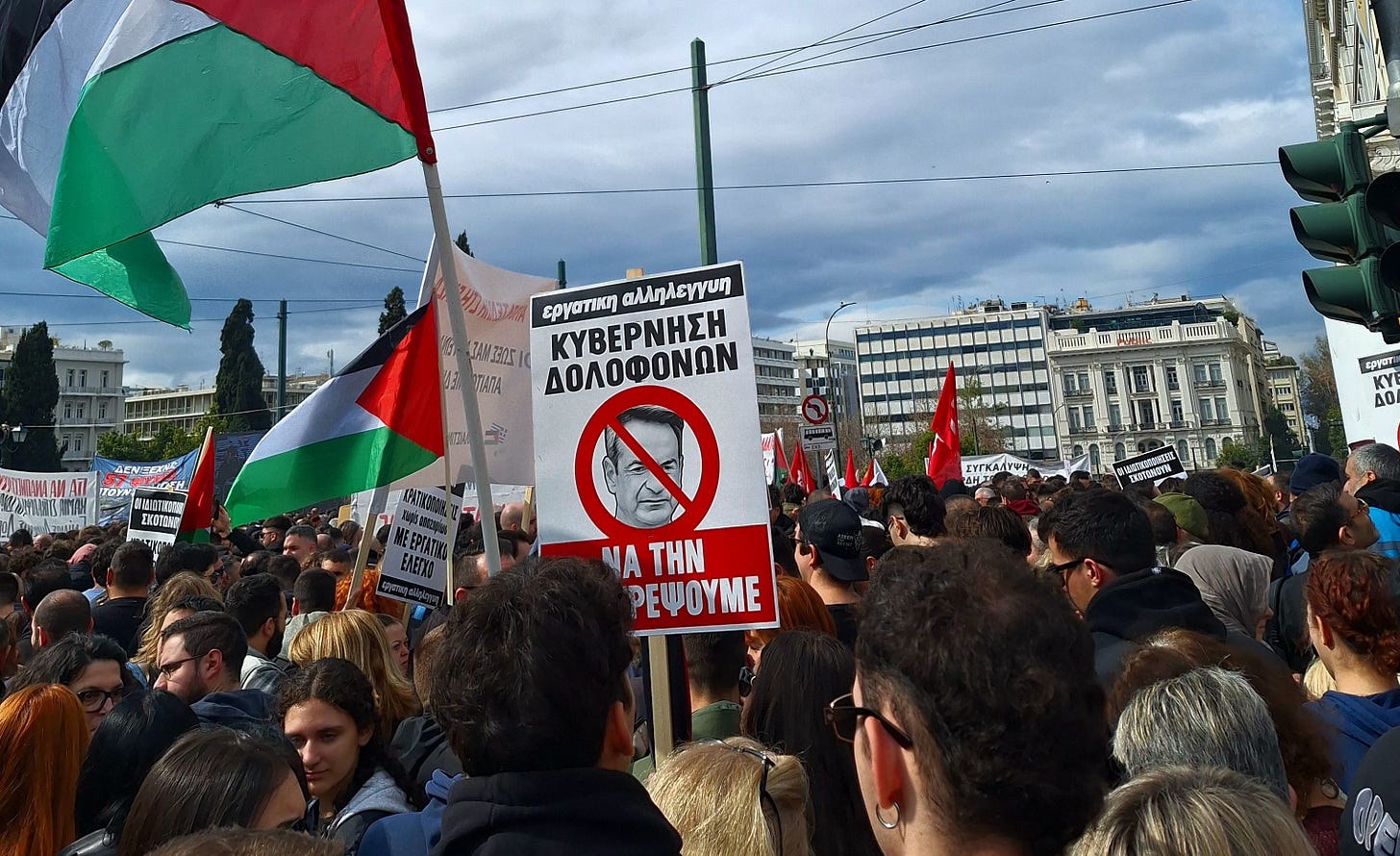Greece completes railway restructuring eighteen months after Tempi tragedy

Eighteen months after the Tempi train collision killed 57 people, Greece has completed its most comprehensive railway restructuring since 1971. The merger of three fragmented state companies - OSE, ERGOSE and GAIAOSE - into a unified "Railways of Greece" directly addresses the institutional chaos that contributed to the country's deadliest rail accident.
The February 2023 head-on collision between a passenger train and freight train exposed how divided management created fatal gaps in safety oversight. While Parliament approved merger legislation in July 2024, the restructuring only became operational last week with final administrative appointments - marking the shift from paper reform to actual implementation.
Three companies, no accountability
Greece's railway dysfunction stemmed from three organizations operating the same network with overlapping responsibilities but no unified command. OSE managed infrastructure and train operations, ERGOSE handled EU-funded construction projects, and GAIAOSE controlled real estate and rolling stock. Each maintained separate boards, procurement systems, and IT platforms.
This fragmentation proved deadly. The Tempi investigation revealed critical safety equipment, approved and funded years earlier, remained uninstalled because no single entity held clear responsibility. When ERGOSE secured EU funding for automatic train protection, it needed OSE to integrate systems and GAIAOSE to modify trains - coordination that repeatedly failed.
Real-time data that could prevent accidents wasn't shared between organizations. Train positions tracked by OSE weren't visible to ERGOSE construction crews. Maintenance issues identified by GAIAOSE weren't communicated to OSE dispatchers. The station master charged in the Tempi case allegedly forgot about the freight train on the single track - an error automatic systems would have prevented, had they been installed.
Financial waste compounds safety failures
Beyond safety gaps, fragmentation created massive inefficiencies. Combined administrative costs exceeded comparable unified European railways by 40%. Each entity maintained separate headquarters, legal departments, and procurement teams. Contractors exploited coordination gaps, knowing disputes between agencies would delay penalties.
Greece's negotiating position with suppliers particularly suffered. When ordering trains, GAIAOSE negotiated purchases while OSE separately discussed maintenance and ERGOSE handled depot construction - allowing vendors to optimize pricing across three negotiations. The new unified structure creates a single procurement entity, following successful models in Austria and Switzerland.
EU funding access proved equally problematic. The European Commission struggled with Greece's complex governance, receiving contradictory information from three organizations. Project applications from ERGOSE required OSE specifications and GAIAOSE equipment details - delays that sometimes cost Greece allocated funding.
Deutsche Bahn brings missing expertise
The new structure includes a three-year technical assistance agreement with Deutsche Bahn, addressing capabilities Greece desperately lacks. DB International will embed experts in Greek operations, providing training on European Train Control System (ETCS) implementation and modern traffic management.
This isn't privatization but knowledge transfer. The Tempi investigation revealed Greece was among the last EU countries without comprehensive automatic train protection. DB's experience deploying ETCS across Germany provides Greece's modernization roadmap.
Infrastructure Minister Christos Staikouras emphasized the German partnership includes performance benchmarks. If Railways of Greece doesn't achieve specific safety milestones by agreed deadlines, DB can withdraw - creating accountability beyond domestic politics.
Racing against EU funding deadlines
The restructuring's timing aligns with critical EU funding windows. The 2021-2027 funding cycle allocates €30 billion for rail infrastructure through the Connecting Europe Facility. Greece has secured over €2 billion for ETCS deployment and Athens-Thessaloniki high-speed completion, but implementation requires streamlined management.
The unified entity must deliver ETCS Level 1 coverage by 2026 and automatic train protection on all main lines. Market liberalization under the Fourth Railway Package adds urgency - by 2030, private operators can enter Greek routes, requiring clear separation between infrastructure and operations.
The restructuring inherits €12 billion in planned investments over 20 years, including high-speed line completion, storm damage reconstruction, and potential Turkey connections via Alexandroupoli. Success depends on transforming bureaucratic culture into safety-focused operations.
Implementation challenges remain
Merging three organizations means harmonizing different union agreements, salary structures, and work cultures. IT system integration requires combining three platforms while maintaining 24/7 operations. The government promised no involuntary redundancies, but improving productivity while respecting labor agreements will test management.
Cultural transformation may prove hardest. Moving from fragmented bureaucracy to unified accountability requires mindset changes throughout the organization. The Tempi tragedy created political will for reform, but sustaining momentum through electoral cycles remains uncertain.
The measure of success
Railways of Greece begins operations with clear public expectations: no more Tempi tragedies. The unified structure eliminates excuses about coordination failures and fragmented responsibilities. One entity now holds complete accountability for network safety and performance.
For Tempi's victims' families, organizational charts mean nothing without operational excellence. Greece's 15 million annual rail passengers will judge the reform by whether trains run safely, not by administrative announcements.
The completion of this restructuring marks the beginning, not the end, of Greek railway modernization. Whether unified management delivers the transformation Greece needs will be measured in safety statistics rather than organizational declarations. The new entity has the tools - unified command, German expertise, EU funding access. Now it must deliver results.

